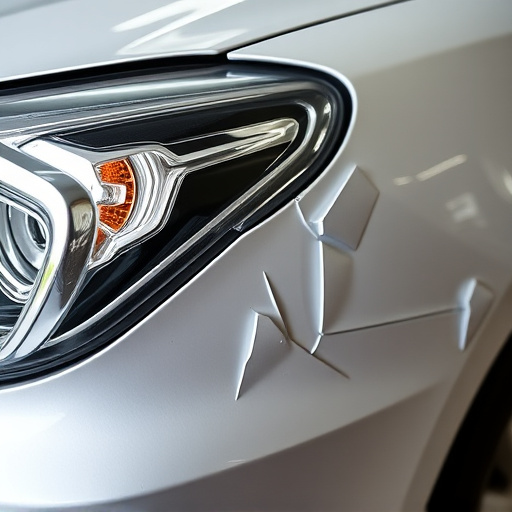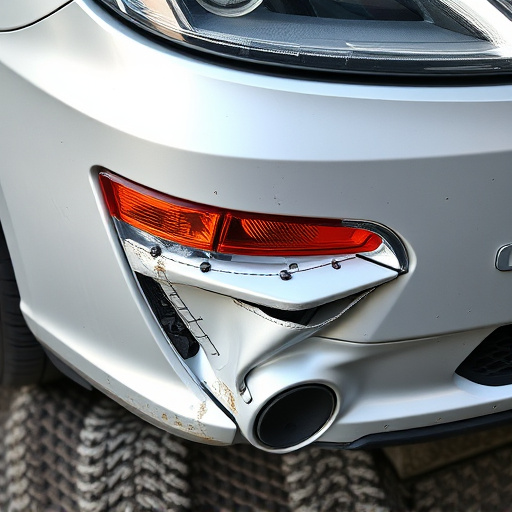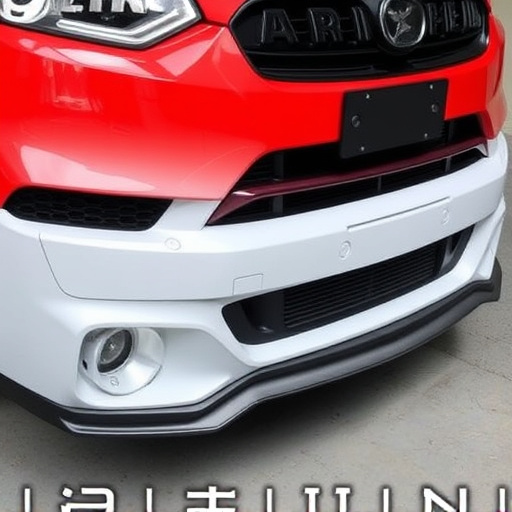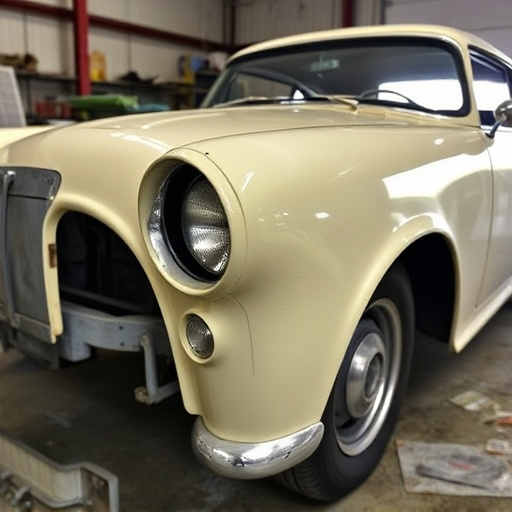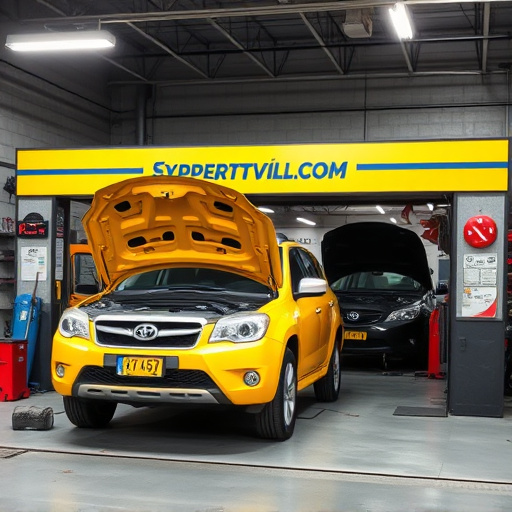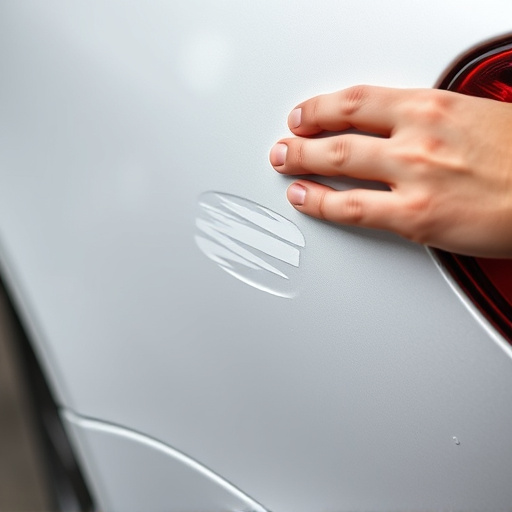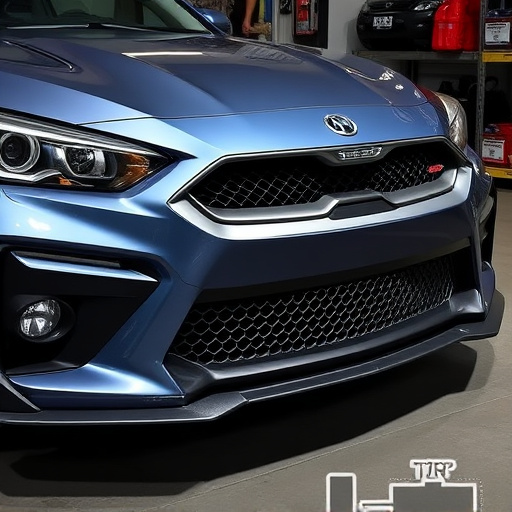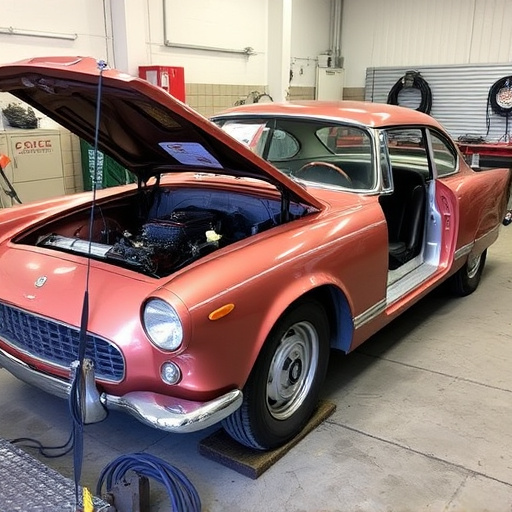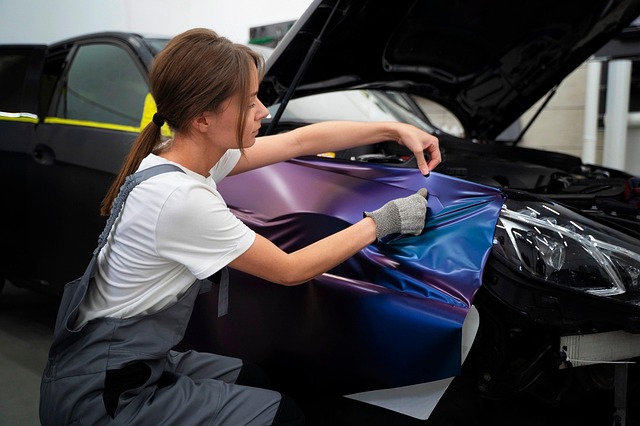Tesla bumper sensors, vital for safety features, are susceptible to malfunctions from weather, impacts, movement, and improper installation. Regular visual inspections can detect issues, and professional repair is recommended for damaged sensors. Common causes of failure include misalignment and minor collisions, with affordable repairs available at specialized centers for reliable Tesla safety features.
“Tesla vehicles are renowned for their cutting-edge technology, but even these advanced cars aren’t immune to issues. One common problem owners face is faulty bumper sensors, which can impact safety and convenience. This article delves into the most prevalent causes of Tesla bumper sensor failures, from collision damage to environmental factors and normal wear and tear. We’ll guide you through identifying warning signs, understanding repair options, and offer cost-effective solutions for Tesla bumper sensor repair.”
- Common Factors Behind Tesla Bumper Sensor Malfunction
- Identifying Wear and Tear Patterns in Bumper Sensors
- Cost-Effective Solutions for Tesla Bumper Sensor Repair
Common Factors Behind Tesla Bumper Sensor Malfunction
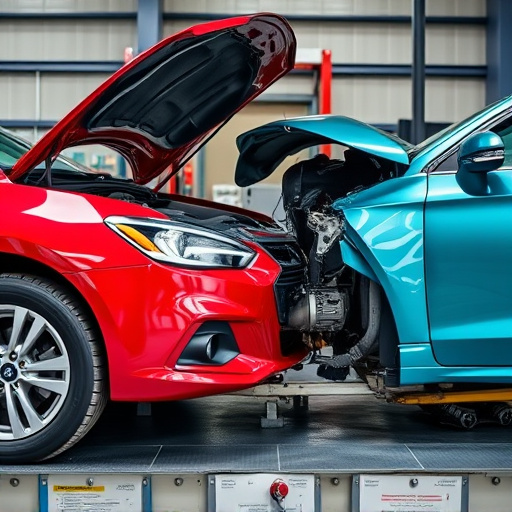
The Tesla bumper sensors, designed to detect obstacles and aid in parking or collision avoidance, can sometimes malfunction due to a variety of reasons. Common factors behind these malfunctions include exposure to extreme weather conditions, such as heavy rain, snow, or heat waves, which can cause corrosion or damage to the sensor’s electronic components over time. Additionally, physical impacts or bumps during normal driving or parking can dislodge or break the delicate sensors, leading to false readings or complete failure.
Another significant contributor is the constant movement and vibration experienced by these sensors, especially in areas with rough road conditions or frequent vehicle collisions. The repeated stress can cause internal connections to weaken or loosen, resulting in inconsistent performance or total sensor failure. Moreover, improper installation or alignment during initial vehicle assembly or subsequent collision repair (both mercedes benz repair and general vehicle collision repair) can also lead to malfunctioning sensors, underscoring the importance of professional and meticulous setup for optimal sensor functionality.
Identifying Wear and Tear Patterns in Bumper Sensors
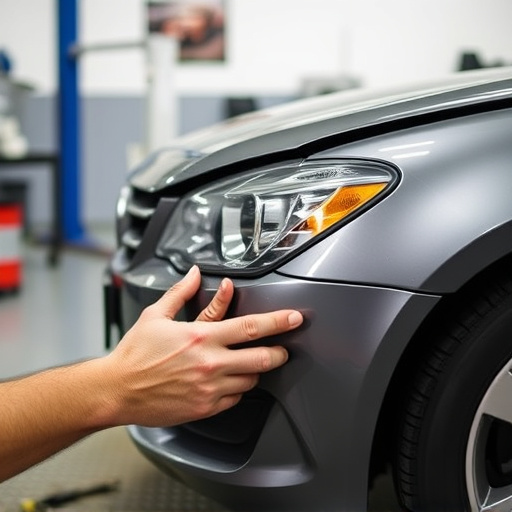
Identifying wear and tear patterns in Tesla bumper sensors is a critical step in understanding the root causes of failures. Over time, these sensors can show signs of damage such as cracks, loose connections, or degradation of the protective coating. Regular visual inspections can reveal these issues, indicating when a replacement might be necessary. Many owners often notice that sensor malfunctions become more frequent after hit or bump incidents, even minor ones, suggesting that impact-induced stress is a significant contributor to bumper sensor failures.
Tesla bumper sensor repair becomes necessary when damage goes beyond cosmetic concerns. A car repair shop or auto body shop specializing in Tesla vehicles can perform diagnostic tests to pinpoint the problem. In many cases, simply replacing the faulty sensor can resolve the issue. However, it’s important to seek professional assistance from a collision repair specialist to ensure proper installation and alignment of new sensors, thus preventing future malfunctions.
Cost-Effective Solutions for Tesla Bumper Sensor Repair
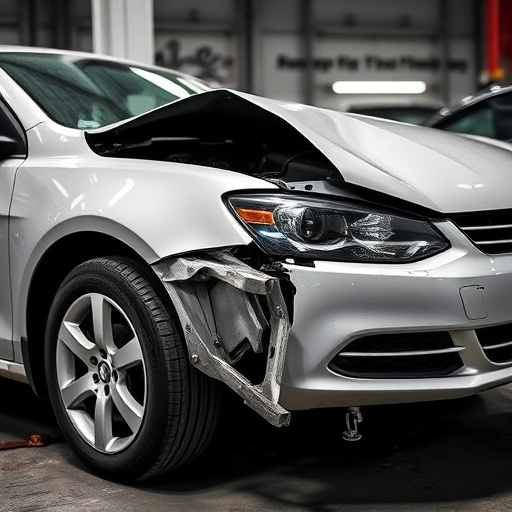
Tesla bumper sensors play a vital role in the vehicle’s safety system, detecting obstacles and providing drivers with crucial alerts. However, these sensors can fail due to various reasons, leading many owners to question how to address these issues cost-effectively. One of the most common causes of sensor failure is minor collisions or bumps that may go unnoticed but impact the sensor’s integrity. These accidents can cause the sensors to become misaligned or damaged, resulting in faulty readings.
Fortunately, there are affordable solutions for Tesla bumper sensor repair without breaking the bank. Many auto collision centers offer specialized services tailored for electric vehicles like Teslas, ensuring precise and efficient repairs. Opting for an experienced and reputable auto body repair shop is key to achieving high-quality results. They can diagnose the issue, replace faulty sensors, or calibrate existing ones to restore optimal performance at a fraction of the cost associated with dealer repairs. Regular maintenance checks, including inspecting the sensors after minor collisions, can also prevent future failures, ensuring your Tesla’s safety features remain reliable and effective.
Tesla bumper sensors are integral to safe driving, so understanding common causes of failure—from impact damage to environmental factors—is key. By identifying wear and tear patterns, owners can proactively address issues through cost-effective repair solutions. This not only extends the life of these critical components but also ensures uninterrupted safety features for your Tesla. Remember that timely maintenance and prompt repairs are essential for optimal vehicle performance and driver peace of mind when it comes to Tesla bumper sensor repair.
